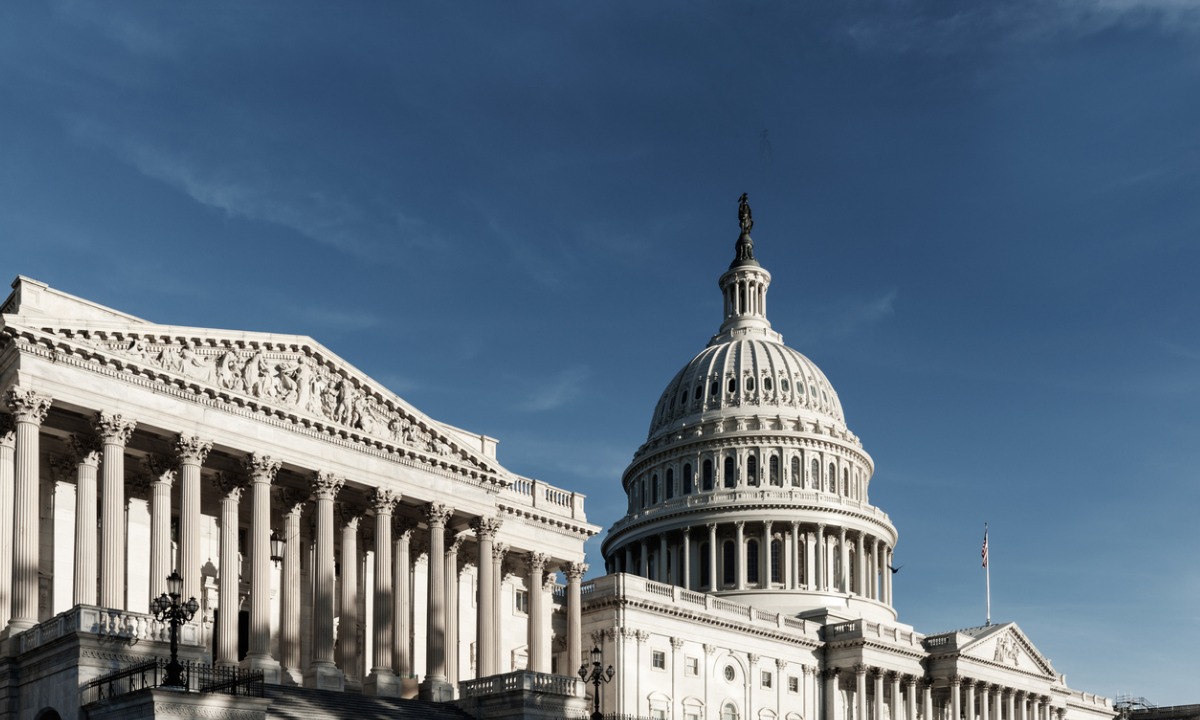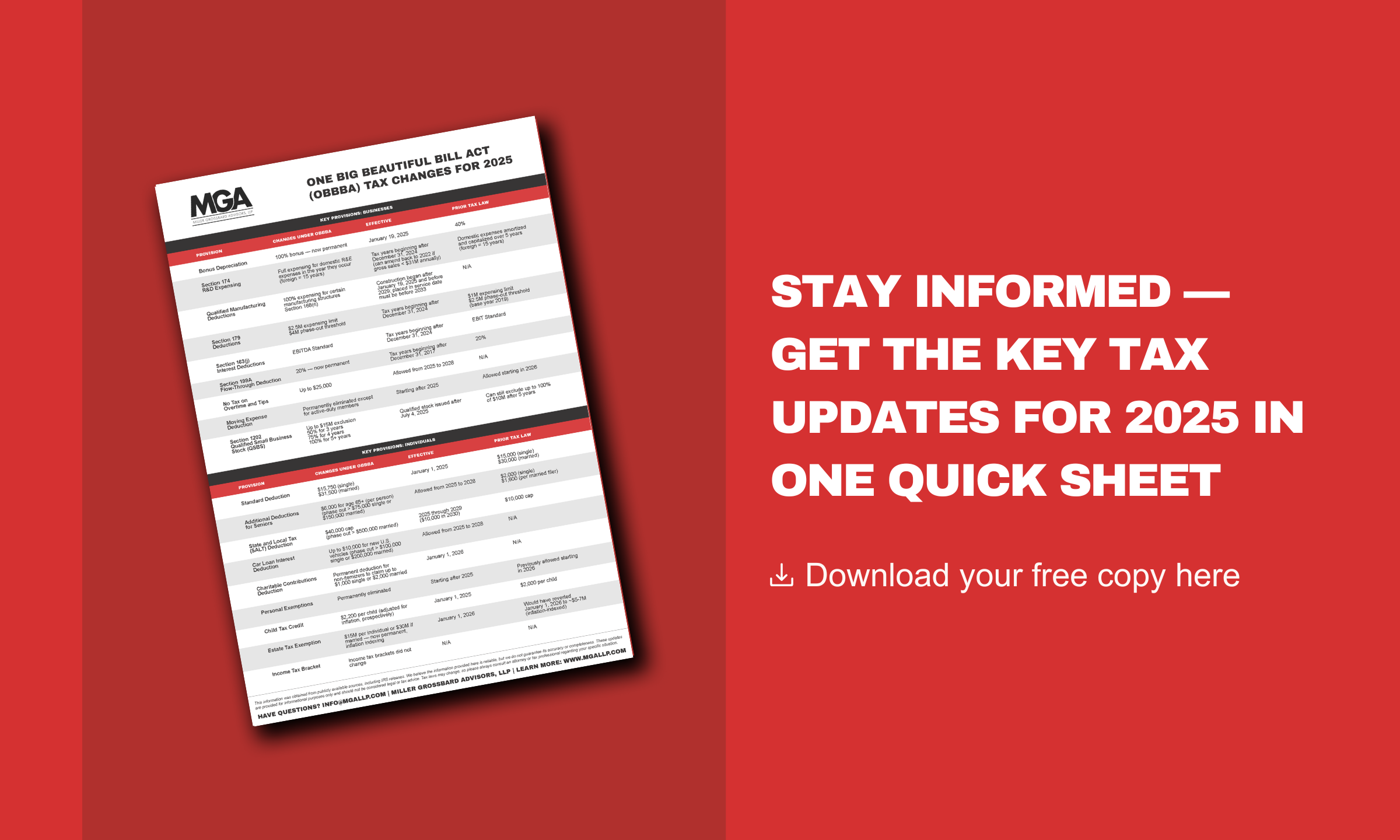Congress recently passed the first major retirement bill in over a decade — the Setting Every Community Up for Retirement Enhancement Act, or better known as the SECURE Act.
This means a flood of changes for retirees, with significant provisions to prevent them from outliving their assets. The new set of laws also make it easier for employers to sponsor retirement plans for their employees, allowing more Americans to save for retirement while working. Overall, the changes brought by the Act are positive. However, some aspects may create new administrative challenges for plan sponsors, and there are also some concerns for inheritors regarding the removal of inherited “stretch” provisions.
Here we’ve put together six key features you should know about the bill.
6 Things to Know About the SECURE Act of 2019
- Your RMDs will start at age 72, not 70 ½.
Starting January 1, 2020, the age when required minimum distributions from certain accounts must start will be increased to 72 from 70 ½. Retirees who do not need the money from their retirement accounts to live on and aren’t yet 70 ½ will now have more time before having to give Uncle Sam his share of their tax-free savings.
- Small businesses that establish a retirement plan can get some serious tax credits.
Tax credits related to startup costs for establishing a retirement plan will increase to $5,000 from $500, as well as offering a $500 credit to small employers who set up automatic enrollment. Both of these credits could incentivize small businesses to provide retirement savings plans to their team members.
- The Act provides “open” multi-employer plans, meaning unrelated small businesses could participate in a single plan.
Before the SECURE Act, only “closed” multi-employer plans (MEPs) were allowed. These plans were made up of two or more businesses in the same industry or established trade association. If the companies did not have these certain “commonalities” of interest, the arrangement could be treated as multiple component plans for ERISA purposes. The SECURE Act completely abolishes this commonality requirement. As a result, open MEPs could be a more affordable option for employers wishing to establish their own 401(k) plans, as the administrative and operating expenses would theoretically be lower.
- Part-time employees could now be eligible for 401(k) plans.
Plan sponsors will now be required to offer employees who work at least 500 hours (decreased from 1,000 hours) in each of three consecutive 12-month periods the option to participate in a defined contribution plan. While this provision is positive in the sense of encouraging additional retirement plan participation, it will likely create new administrative challenges for plan sponsors.
- There are safe harbor 401(k) enhancements for both employers and employees.
The Act eliminates the disclosure requirement for safe harbor plans that make non-elective contributions, which is the money that an employer contributes to a retirement plan regardless of whether an employee contributes. The Act also allows employees who offerin automatic enrollment safe harbor plans to increase their contribution rate from 10% to 15%.
- The Act changes the way people will inherit money.
The new rules have removed the so-called “stretch” IRA provisions, which will cause some taxpayers to take a hit. Before the Act went into effect, a non-spouse beneficiary of a qualified retirement account, such as an individual retirement account or 401(k), could stretch out RMDs over their own life expectancy. Now, the beneficiary (with a few exemptions such as surviving spouses, minor children, etc.) will only have ten years after the death to distribute the entire retirement account. Stretching the withdrawals over the beneficiary’s life expectancy meant paying less in taxes. Now, if a beneficiary inherits a retirement account in their peak earning years, they will be hit with higher taxes.
A Few Other Retirement Plan Highlights to Note
- Allows employers to offer annuities as investment options within 401(k) plans, which can provide a steady stream of income to retirees in the long-term.
- Prohibits the distribution of plan loans via credit cards or similar arrangements, so that the funds are not easily accessible for everyday purchases.
- Allows individuals to make penalty-free retirement plan withdrawals to help pay for a birth or adoption.
- Certain clarifications were made to converting 403(b) custodial accounts into individual retirement accounts (IRAs).
How to Move Forward With These Comprehensive Changes
As mentioned above, the SECURE Act is a landmark retirement plan bill with many sweeping changes. Employers should carefully consider how the new legislation will impact the administrative and operational aspects of their plans. The new law has gone into effect as of January 1, 2020, so it will be essential to consider its impact on your plan design and administration in the coming months.
Please don’t hesitate to reach out to us here at MGA for further clarification on these new laws or if you’d like to talk through some of your options and challenges.
We are here to make the complex simple, in every way that we can.
.png?width=191&name=mgalogofinal-01%20(3).png)




